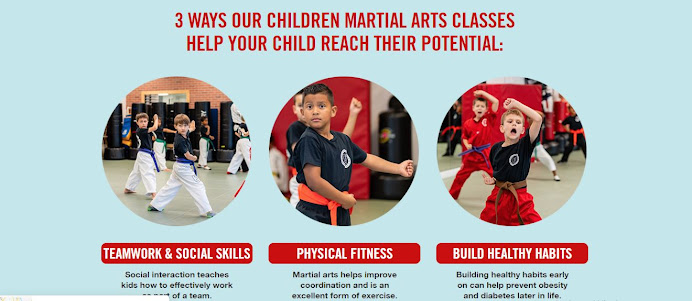Junior martial arts
Junior Martial Arts Class vs. Adult Martial Arts Class: Which One is Right for You?
Introduction
When it comes to martial
arts, age can play a significant role in choosing the right class for your
needs. Whether you're considering enrolling your child or thinking about
joining yourself, understanding the differences between junior and adult
martial arts classes is essential. In this article, we'll explore the unique
aspects of each type of class and help you make an informed decision that
aligns with your goals and preferences.
The Importance of Age-Appropriate Training
When deciding between
junior and adult martial arts classes, one of the key factors to consider is
age-appropriate training. Children and adults have distinct physical, mental,
and emotional needs, which should be addressed in their respective training
environments.
Benefits of Junior Martial Arts Classes
Junior martial arts
classes offer a range of benefits for young participants. These classes are not
just about learning self-defense techniques; they also provide a holistic
approach to character development.
Curriculum and Structure of Junior Classes
In junior classes, the
curriculum is tailored to suit the learning pace of children. Basic motor
skills, coordination, and fundamental martial arts movements are introduced
progressively.
Instilling Discipline and Focus at a Young Age
Participating in martial
arts from a young age instills discipline and focus in children. They learn to
follow instructions, practice regularly, and respect their instructors and
peers.
Building Confidence and Social Skills
Junior classes provide a
platform for children to build confidence as they master new skills.
Additionally, interacting with fellow classmates fosters social skills and
teamwork.
Safety Measures in Junior Classes
Safety is paramount in
junior martial arts classes. Instructors are trained to create a safe
environment, and techniques are modified to reduce the risk of injury.




Comments
Post a Comment